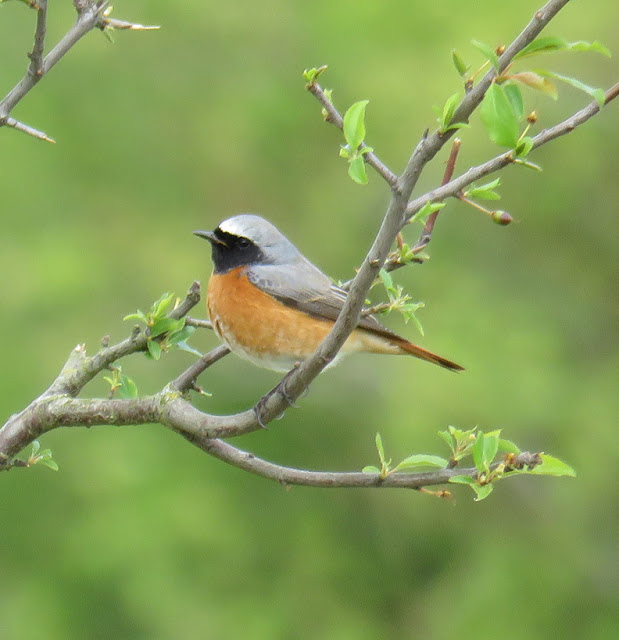Father Time
Back in 1975 I purchased a medium sized hard-backed notebook, narrow feint of line and blue of colour. It became my 'book of lists'. One such list was my bird species total for each year. Across an open spread I drew columns, each a centimetre wide, and after allowing for a generous space in which to write the bird species name, there were 26 columns - the first being for that current year, 1975. I was 16 at the time, and all of those blank columns represented to me a vast period of time - they would take me up to the year 2000, which sounded back then like a construct of science fiction, and the year in which I would celebrate my 42nd birthday. It was so far away that it really didn't warrant any thought at all. They were just there. The years slowly passed, and they then picked up speed as they do when you grow older. Life happened. I left college. I started a career. I got married. We had children. And shortly before those columns were due to be finally filled, I becam...











